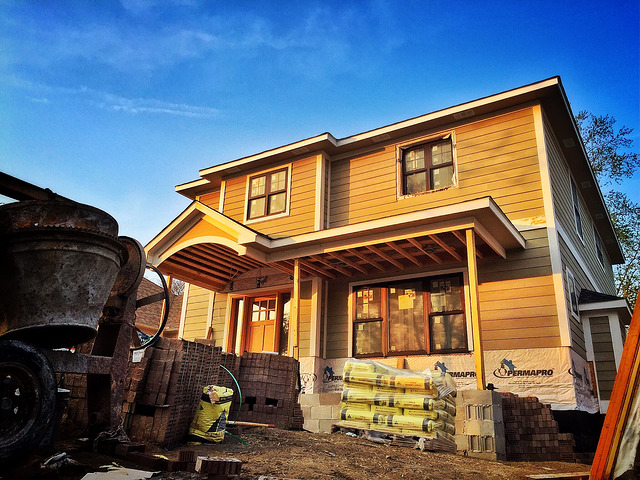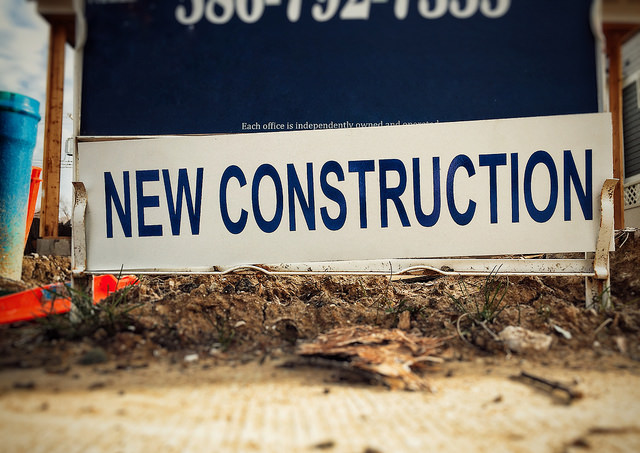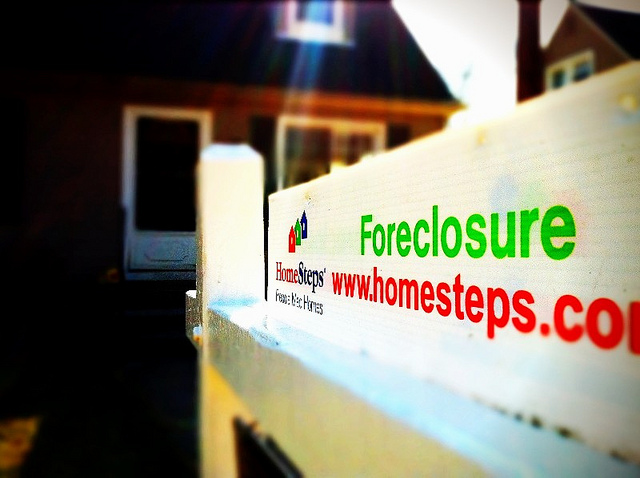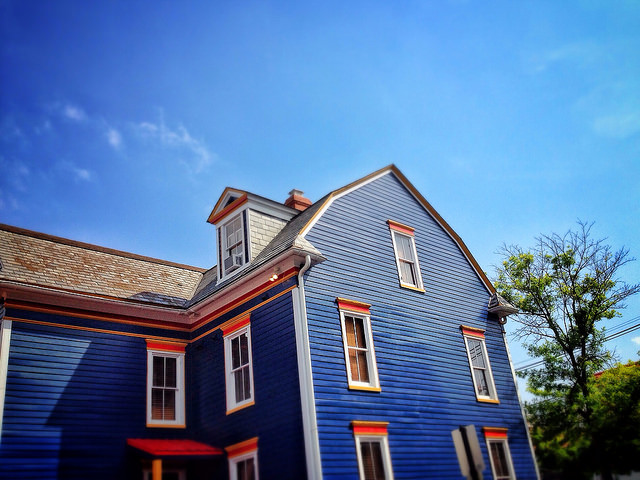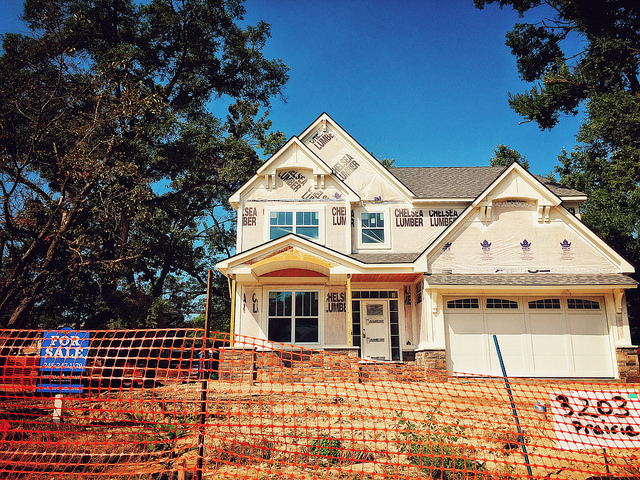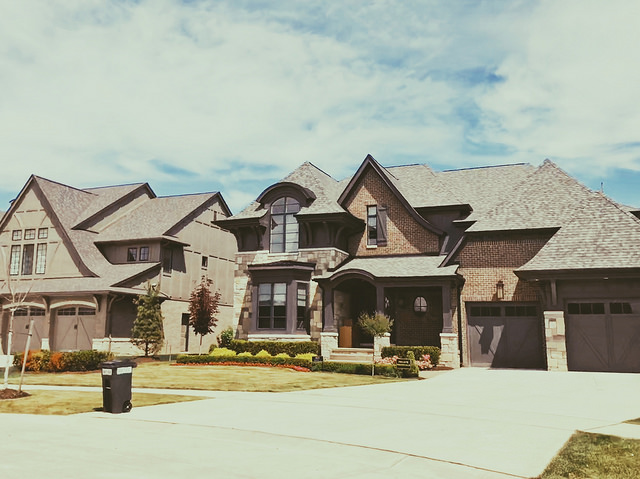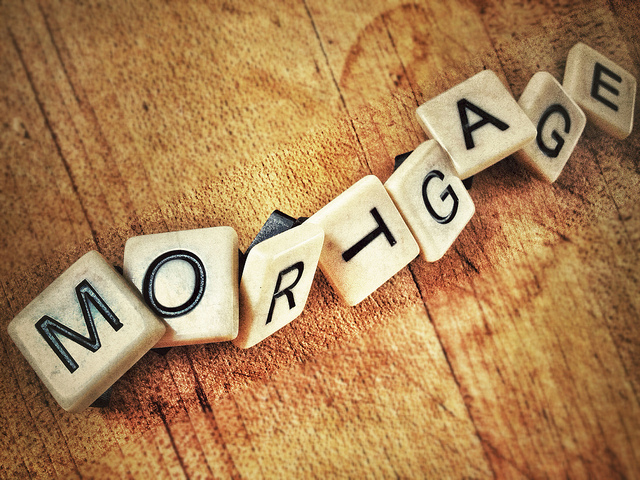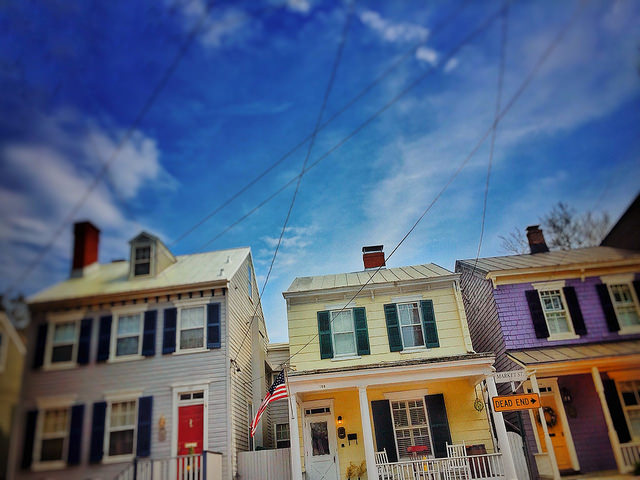New numbers from the National Association of Realtors show sales of existing homes were virtually unchanged from the month before. Down 0.7 percent from June, sales were up in the West but a drop in the Northeast negated the gains. Lawrence Yun, NAR’s chief economist, says a lack of available homes continues to hold sales back. “Listings continue to go under contract in under a month, which highlights the feedback from Realtors that buyers are swiftly snatching up moderately-priced properties,†Yun said. “Existing supply is still not at a healthy level, and new home construction is not keeping up to meet demand.†In short, there are more buyers than there are homes for sale in many markets and it’s making it challenging for buyers this summer. Fifty-five percent of the homes sold in July were on the market for less than a month and, though inventory had been seeing modest gains, it stalled in July. That means, market conditions aren’t likely to change much in the months to come, so buyers should prepare for competition this fall and make sure to be pre-approved by a lender before heading out to look at homes.




